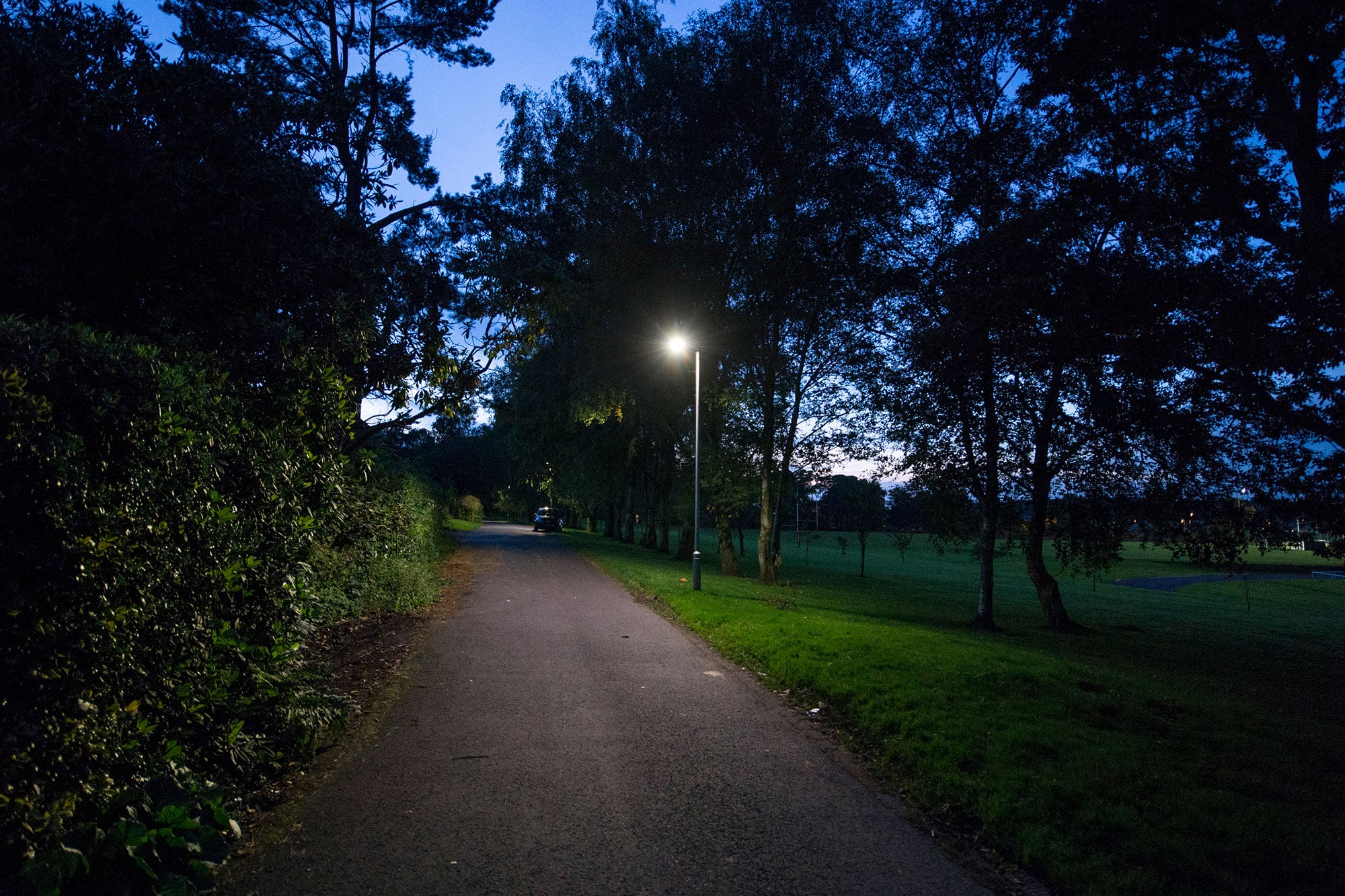Is LED lighting for stadiums set to become the standard by which we will judge all future lighting at sports events?
Earlier in 2018, Tottenham Hotspur announced that it will be using digital floodlights for lighting its new sports and entertainment complex. This includes a stadium with LED floodlights.
These accompany the other state-of-the-art LED lighting in the £850 million development.
Floodlighting has been one of the last areas where LED has begun taking over, but the pace of development is likely to increase as more people become aware of the benefits in installing LEDs at sports grounds and other facilities.
What are the Benefits of LEDs for Sports Lighting?
It is important to emphasise that the benefits from LEDS are not restricted to large developments such as the Spurs complex.
Firstly, there is the whole issue of looking after lighting. LED technology is very much about install and forget, because it requires such minimal maintenance.
With LED lamps typically lasting some 70,000 hours, there is not going to be a requirement to keep changing them.
Next, there is the quality to consider. LEDs offer immediate, full brightness. With no warm-up time, you get the proper impact and illumination benefits of LEDs at the flick of a switch.
LED lighting comes with certain technical advantages and benefits. It allows for different beam angles, depending on what you want to illuminate. At the same time, it provides excellent spill control, so whatever you choose to illuminate, you can do so with an even intensity.
There is as much as a 60% saving on energy bills from using LEDs. The savings this lighting offers means that as a long-term investment, it can prove extremely cost-effective, as part of a lighting strategy, developed in line with wider business and commercial objectives.
Improving the Sports Experience
The quality of LED lighting for sports facilities is crucial, and as this resembles daylight, it can be enormously beneficial to players and spectators.
It can enhance visual acuity in the live setting, but also boost the vividness of the colour, and the contrast, for broadcasting sports events in HD.
While the Spurs represents a recent adoption, other major European clubs have also made the switch to LEDs, including Juventus, Sevilla FC and PSV Eindhoven.
In the USA, around a third of professional teams across basketball, American football, baseball and ice hockey are using energy efficient, and controllable, LED lighting systems.
This applies to other sports too, with the All England Club at Wimbledon adopting LED lighting for tennis on Centre Court.
For many of these places, the true benefit is the quality, but for smaller and local sports facilities, the energy savings will be something that helps alleviate budget pressures, and may also provide opportunities for improvements.
The legacy, therefore, of LEDs may be that ultimately there is more money available for sports facilities to spend in the longer term.
LEDs now meet the stringent requirements of sports grounds for uniformity of illumination combined with expert optical control, restricting any upward or rear spill light. This also helps minimise glare for any residents living nearby.
Already, we are looking towards the next generation of LEDs for sports lighting, as the technology involved is making leaps and bounds.
How Well-lit is Your Sports Facility?
Whatever the size of your sports facility, there are savings you can make, alongside significant improvements to the quality of your lighting, with the right LED system.
Contact Altitude Services today to find out more.


